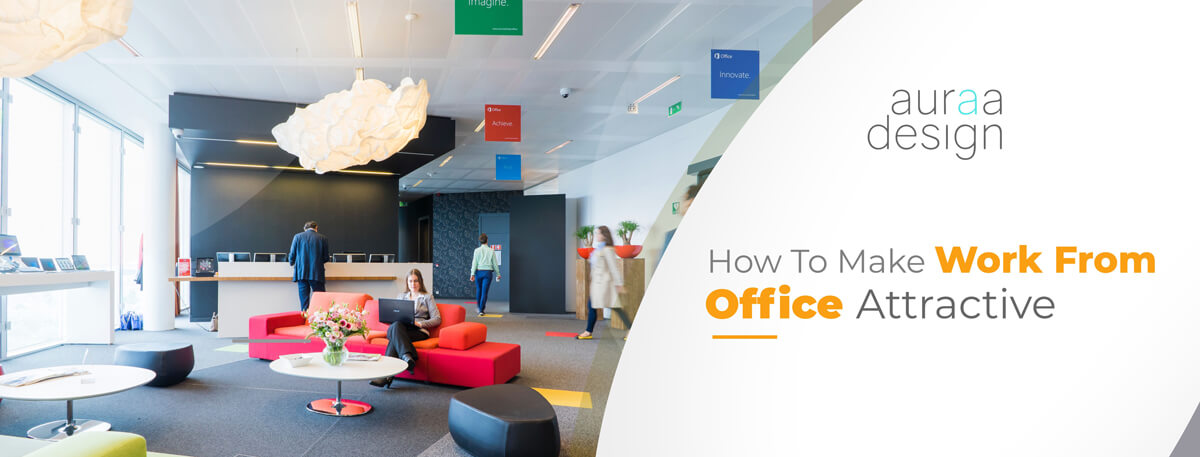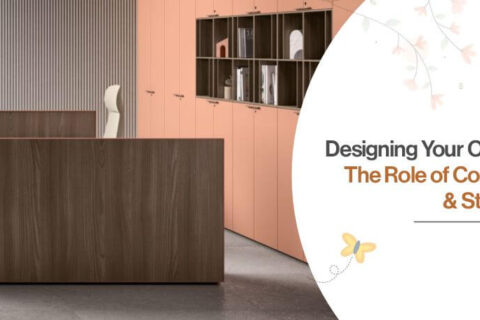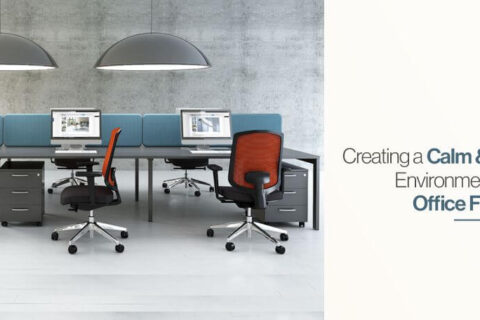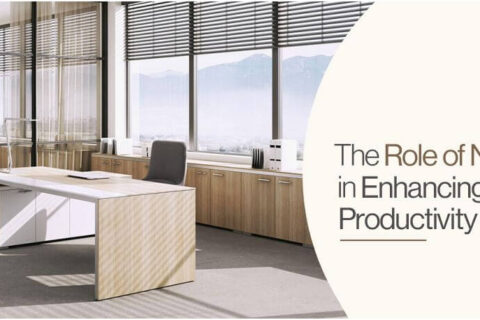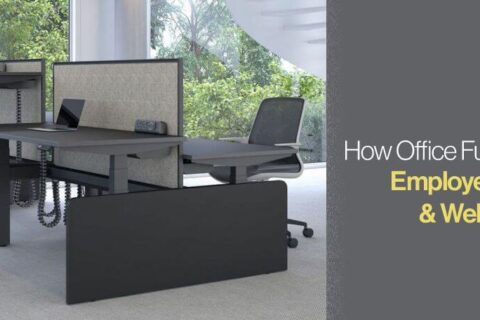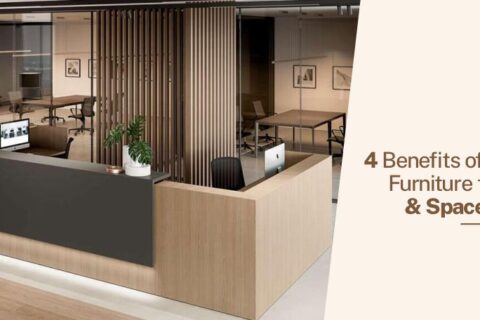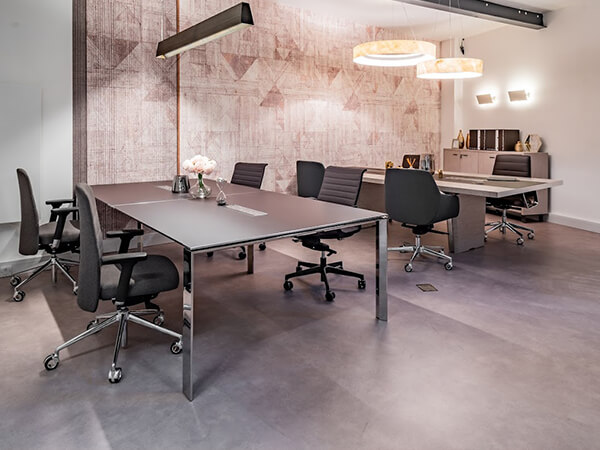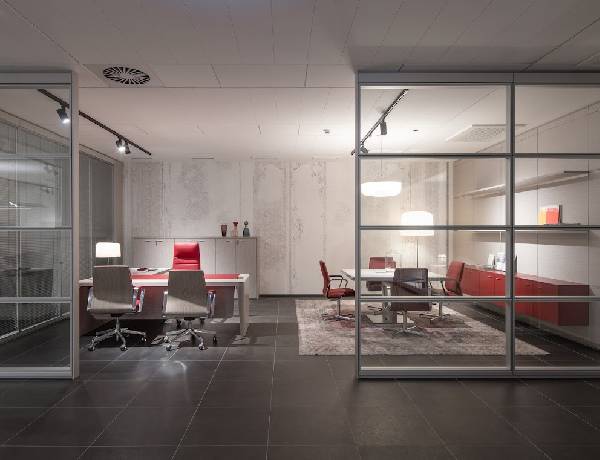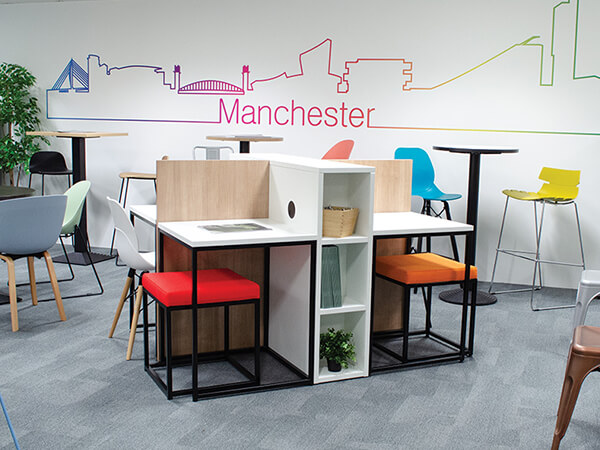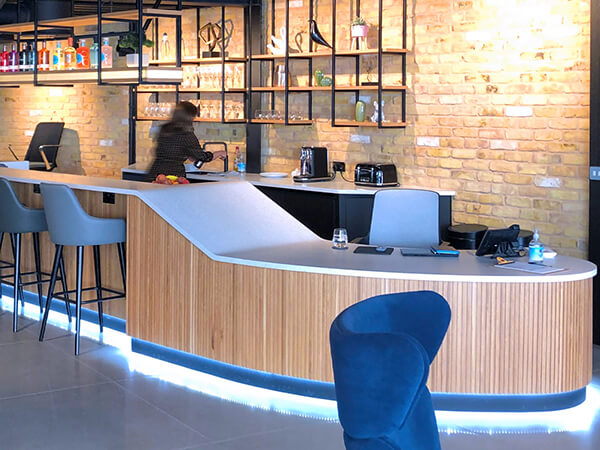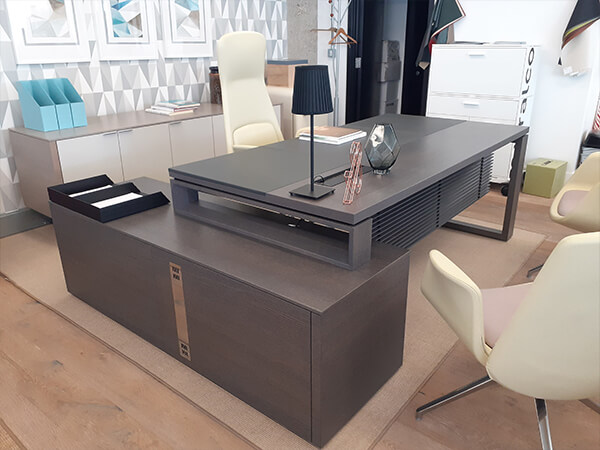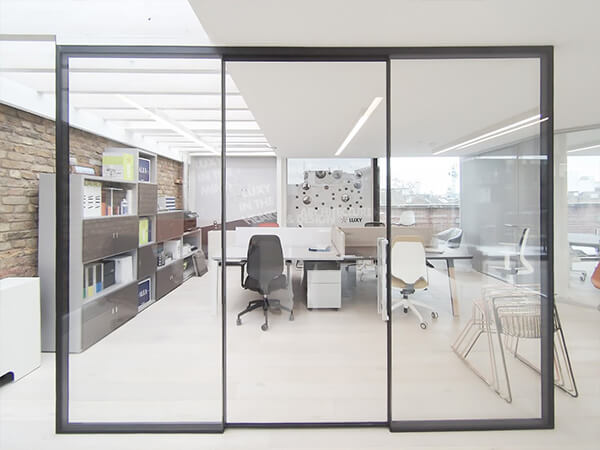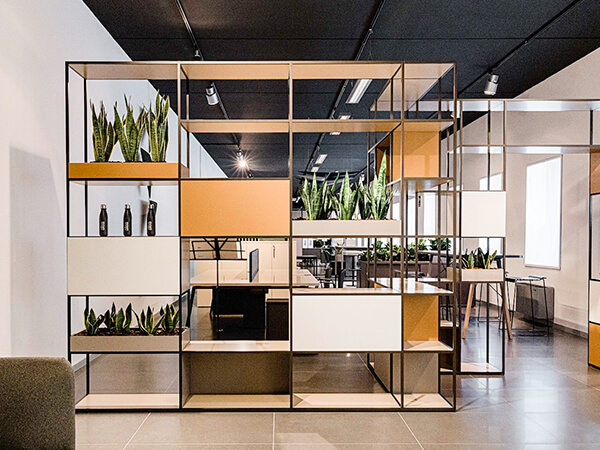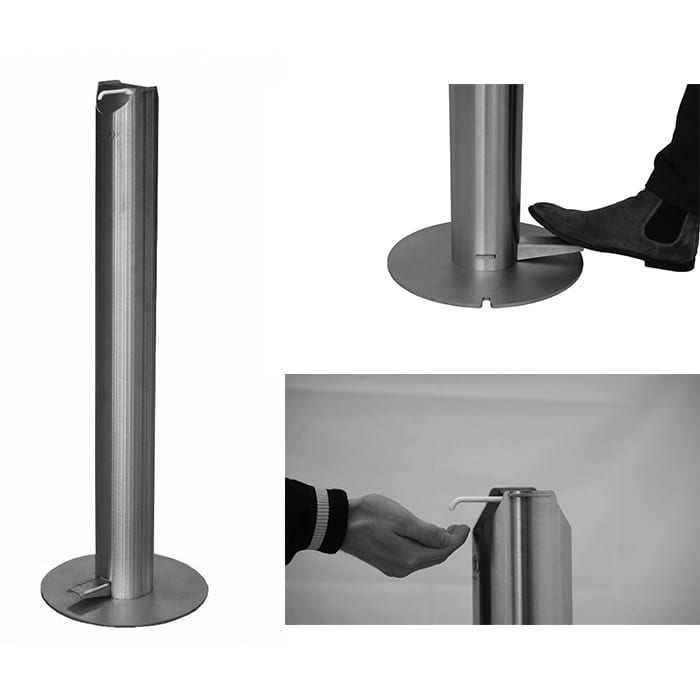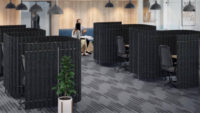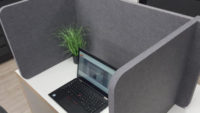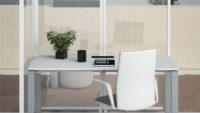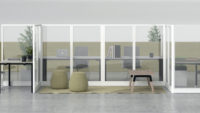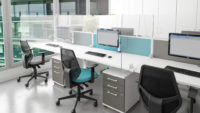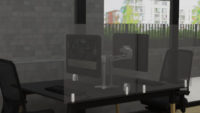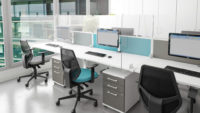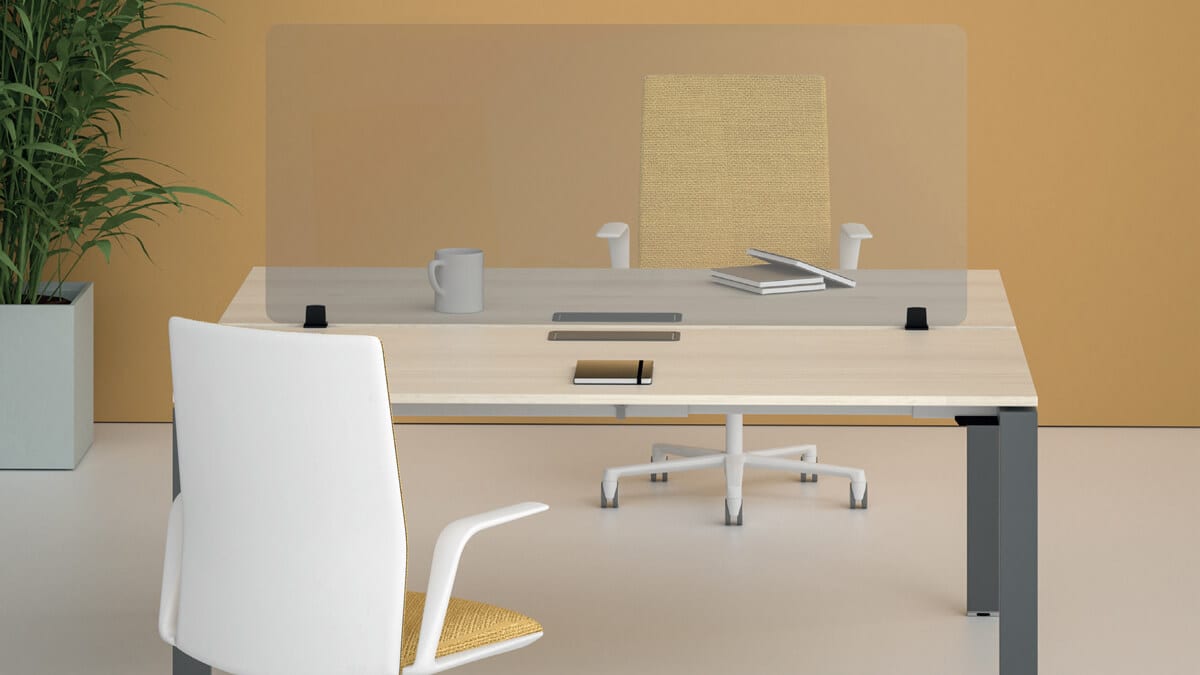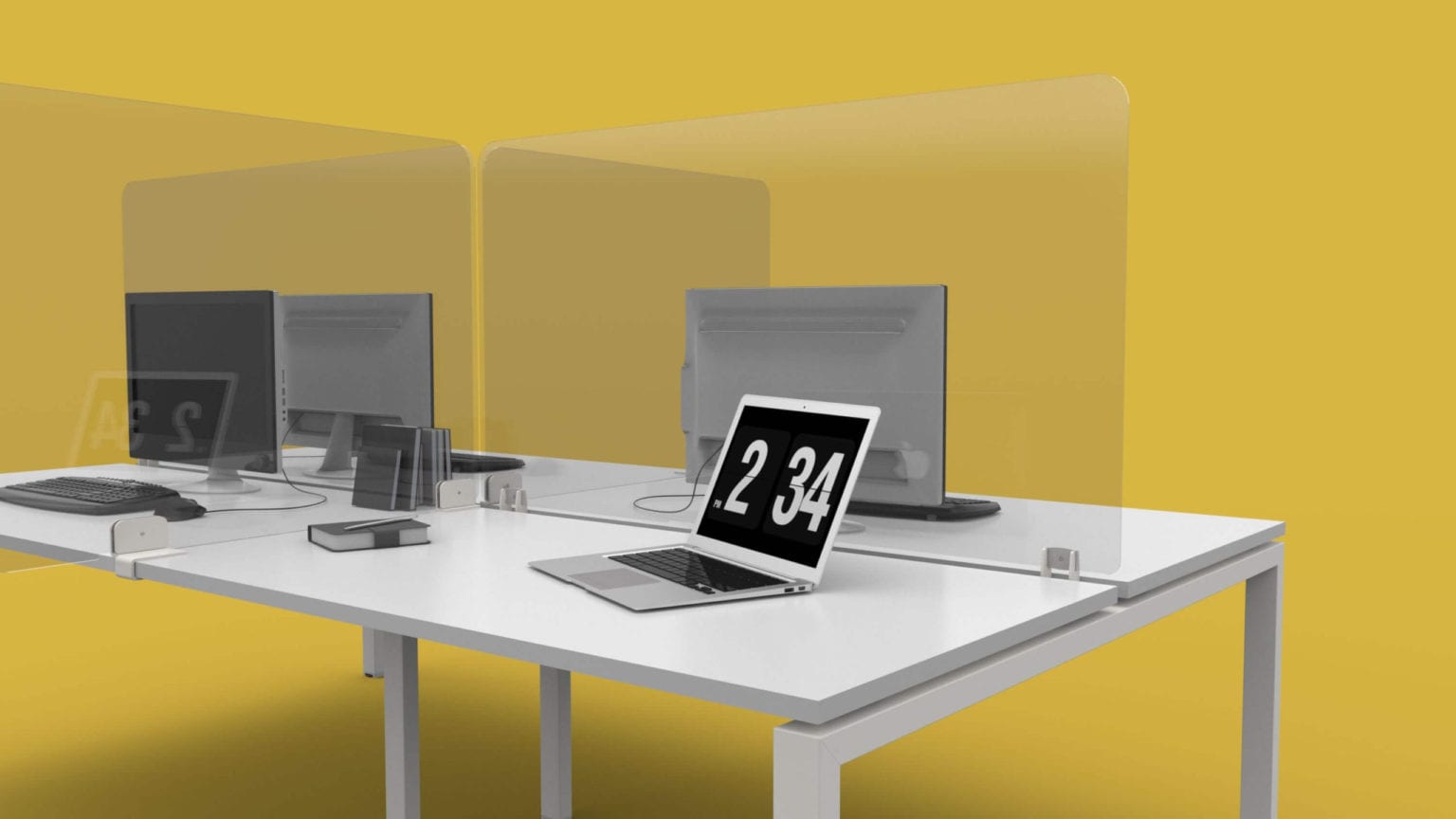For the past few years, work from home has been all the rage. However, with the covid restrictions being put to rest, companies are now advocating that employees come back to office and resume activities as usual.
Safe to say there has been some pushback, and stories of employees quitting jobs due to this new change in policy are becoming increasingly common. So, what changes are companies undertaking to make work from home attractive?
- Change the office culture
We don’t expect you to take the high road and go through a full 180 degree shift to retain your employees, but small cultural shifts can help them accommodate better into this new environment.
For example, you can think about offering the benefit of nap times in the office (there are many cultures in the world that promote this practice as it improves memory and creativity).
Other changes like being able to bring your child to work, or unlimited sick days, or a shorter work week might help too. The sky’s the limit!
The only thing you should focus on is identifying what changes would your employees like to see plus what issues are stopping them from coming to work, and then incorporating changes that will address the issues. - Offer better amenities (and better furniture)
One of the biggest reasons why employees don’t want to make an appearance back in the office is because of the rusty, old furniture.
Think about it: if you had a work-from-home setup, where the chair was cushy and comfortable and the desk was compatible with your height – would you want to leave it? Especially if the furniture at your office is worn out and old, and long past an update.
Picture this scenario and you might understand one of the factors why employees want to stay home.
Comfort is one of the biggest factors that could be affecting their decisions, so make sure you have modern ergonomic furniture in your office and workplace setup that actually meets the needs of your employees.
You can even go one step further and add a touch of natural elements to your workspace (like plants, natural lighting, etc.). Other added amenities like breakout areas for casual meetings and brainstorm sessions might also be a great idea.
Check out our modern office furniture offering to see what furniture is in-demand amongst offices. - Consider a hybrid working model
It’s entirely possible that no matter what changes you’re willing to bring, your employees just wouldn’t want to shift to in-person work a full week. As opposed to that, you too might not want to let go of the idea of working from an office.
In such cases, our best advice would be to settle on an arrangement. And in this case, there’s no better arrangement than a hybrid working model.
Think about it: you get the best of both worlds, your employees get the luxury of working from home most days, and you get accustomed to the habit of seeing them in the office! It’s a win-win. Besides, most offices are following the trend of a hybrid work model. - Help with transportation
Transportation costs can build up fast. For an employee coming to work in an office, think about the time they’d lose by travelling, coupled with the cost of fuel prices — they’re probably losing out on time and money by just visiting the office.
One of the things (time) is something you probably cannot help with, but money, on the other hand, is something you can assist with. So think of giving remuneration for transportation costs, or sponsoring their monthly bus/train passes.
Alternatively, you can ask your employees about their preferred mode of transportation, and understand how much it costs them to visit the office.
Final words
Shifting to offices full-time would not be an easy shift for many, and you might lose several employees if you plan to stick to the decision.
However, if this is something you’re adamant about, you can meet your employees at a place where they would be happy to return back to office.
The article is merely a guide on possible ways in which you can motivate your employees to come back to office, but if you truly want to see results, we suggest talking to them to find out their struggles and reasons why they would like to stay with an at-home work setup


